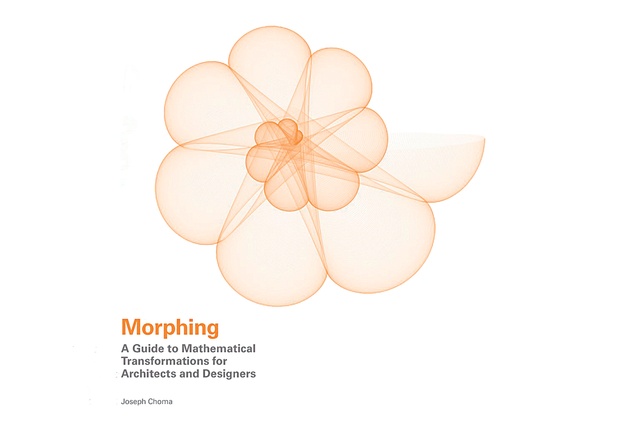Morphing: A Guide to Mathematical Transformations for Architects and Designers
Mathematical transformations refer to the categorised rules for manipulating shape with mathematical operations and, here, various transformations and operations are explained with illustrations “as a means to demystify the inner computational workings of digital tools”.
Morphing is divided into two chapters about Transformations, as well as chapters on Combining Shapes, Developable Surfaces and Analyzing. In Analyzing, author Joseph Choma, an MIT graduate of design and computation and founder of the Design Topology Lab, showcases seven precedent studies and offers ‘mathematical recipes’ for each. These include Shigeru Ban and Frei Otto’s Japan Pavilion, a tunnel-arch-shaped, paper-tubing structure in Hanover, Germany (2000), and Arata Isozaki and Anish Kapoor’s inflatable concert hall Ark Nova in Matsushima, Japan (2013).
Choma starts from each building’s most basic topological ancestor (cylinder or sphere) and shows the morphing process into its final shape, followed by a series of mathematical variations beyond the building’s form – which is seen as a generative mechanism. Whether you’re a trigonometry buff or not, the beauty of mathematics is captivating and I’m certain many readers will find it quite fascinating.










